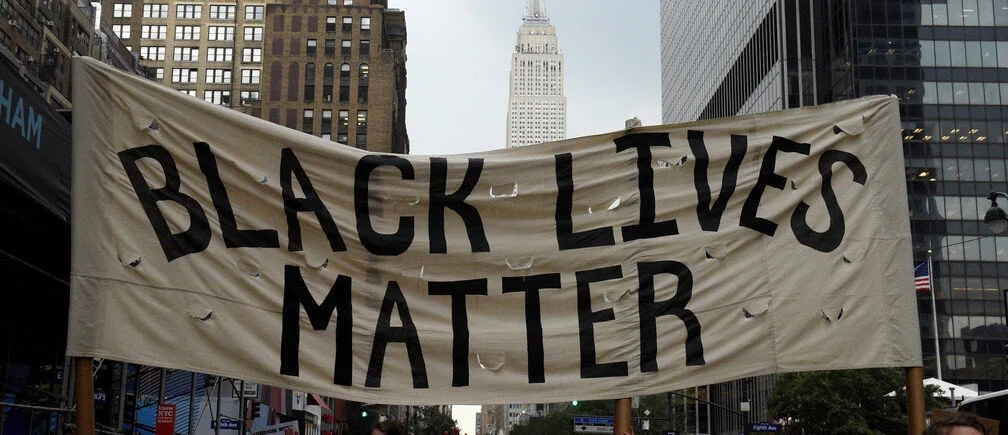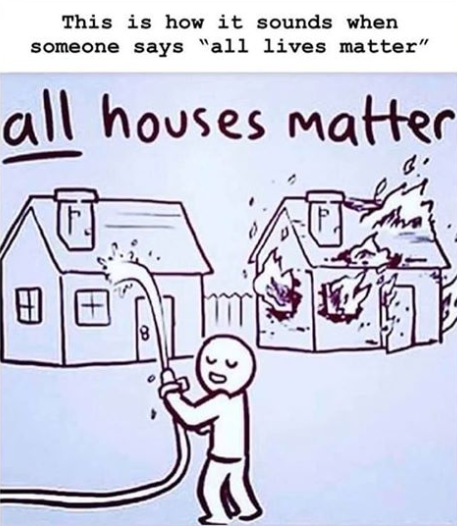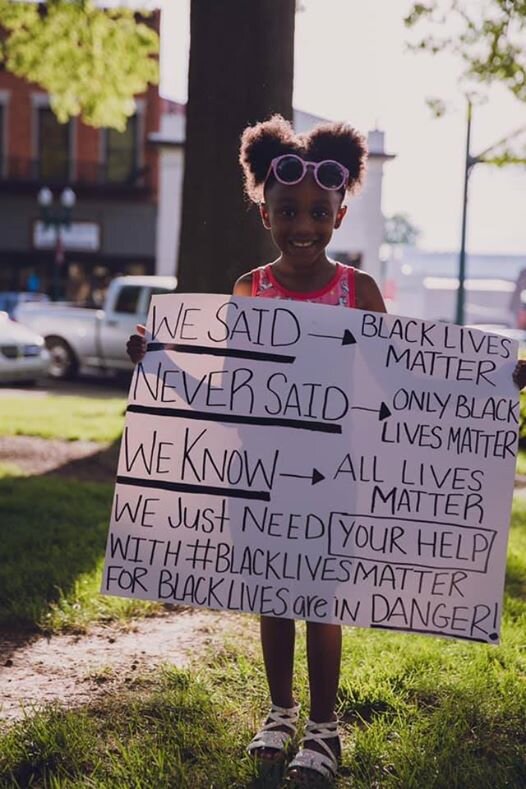Let’s talk about Racism
The criminal death of George Floyd has sparked an outcry on social media, and people have taken to the streets in many parts of the world, to protest against systematic racism. In this week’s #NailedIt podcast we touched on the #BlackLivesMatter movement, white privilege and how the media systematically drives an anti-black narrative. In this article we will share various insights as well as helpful links for you to check out.
Systematic Racism
White Privilege, or Systematic Racism, is a tricky thing to talk about and the term tends to get people’s hackles up. You may have overcome a number of obstacles to achieve certain goals and may feel that your efforts are being trivialized when your privilege is pointed out.
What we need to understand about privilege is that it doesn’t mean that a person had everything handed to them, it simply means that some of us have advantages over others for a number of reasons, with the most prevalent one being, the colour of our skin. Toby Morris created a comic called ‘On a Plate’ in which he illustrates a privilege scenario, it is simple but powerful and worth a look.
#Black Lives Matter
#BlackLivesMatter has been all over social media in the past few weeks, and for some, it triggers a response of ‘All Lives Matter’. I am not going to go into a long explanation on this, I think that these two images perfectly encapsulate my thoughts on the issue;
The Eye of the Storm
Back in 1968 an American school teacher by the name of Jane Elliott did a “Blue eyes- Brown eyes” exercise in her class to help her students understand the concept of prejudice. This was all sparked by the assassination of Martin Luther King Junior, one of her students had come to school asking why a King had been shot.
The Eye of the Storm is described as ‘The anatomy of prejudice’. It is a 26-minute documentary and the message is so powerful, please make the time to watch it.
So how are we going to be different?
Let’s educate ourselves on the topic of Racism, let’s understand that it’s okay to acknowledge the colour of someone’s skin but it’s not okay to decide that they are ‘XYZ’ because of the colour of their skin.
If you have kids then start looking for age appropriate tools to help you start the conversation of race with them. If your kids like playing with dolls, make sure that some of them are black too, it’s all part of illustrating a more inclusive society
Parenttoolkit published a very insightful article on how to talk to your children about race and racism. There are also various age appropriate books available to help your children with this topic, and by helping our kids we are likely to learn something along the way too.
If you have gotten this far then thank you for reading this.




